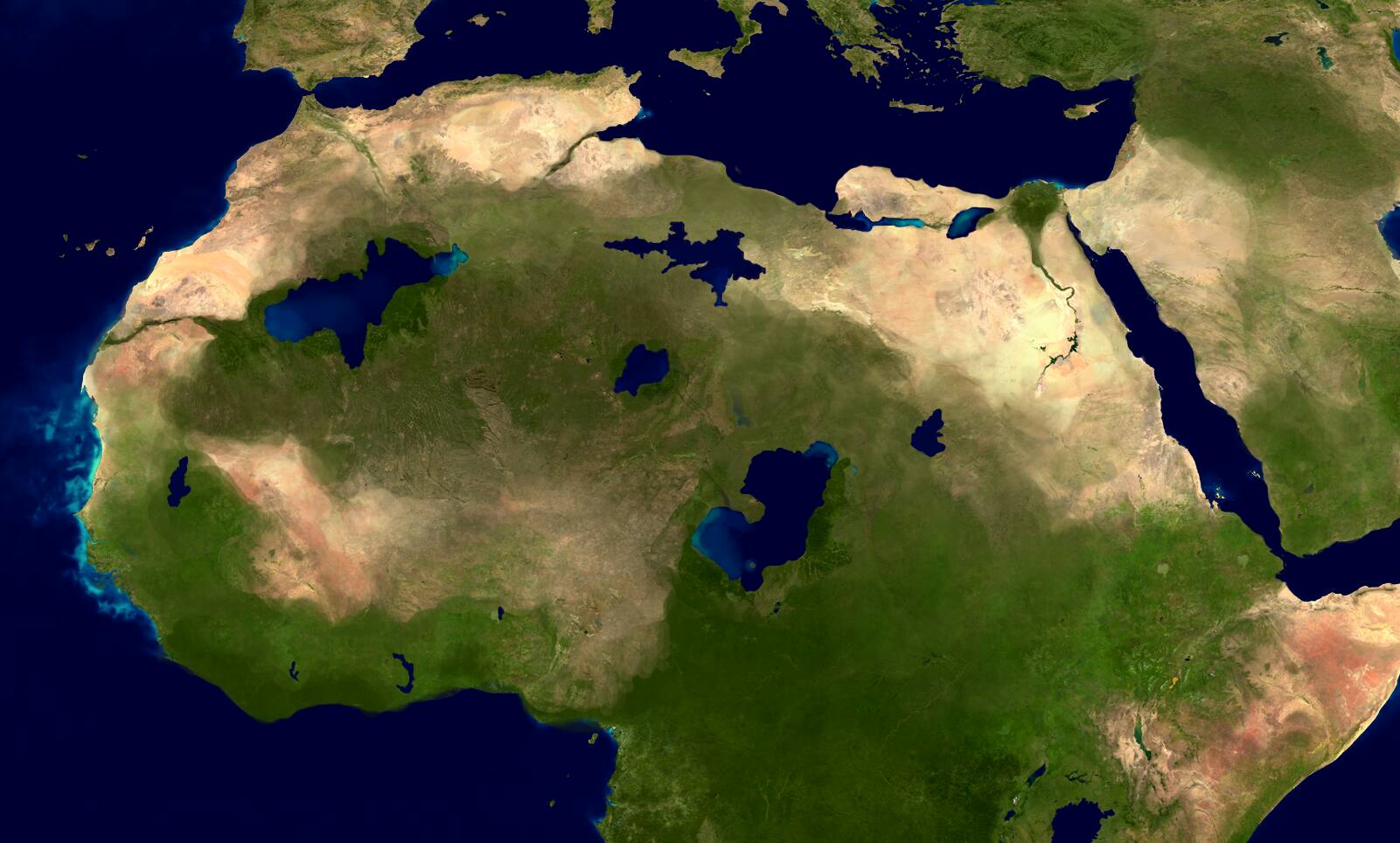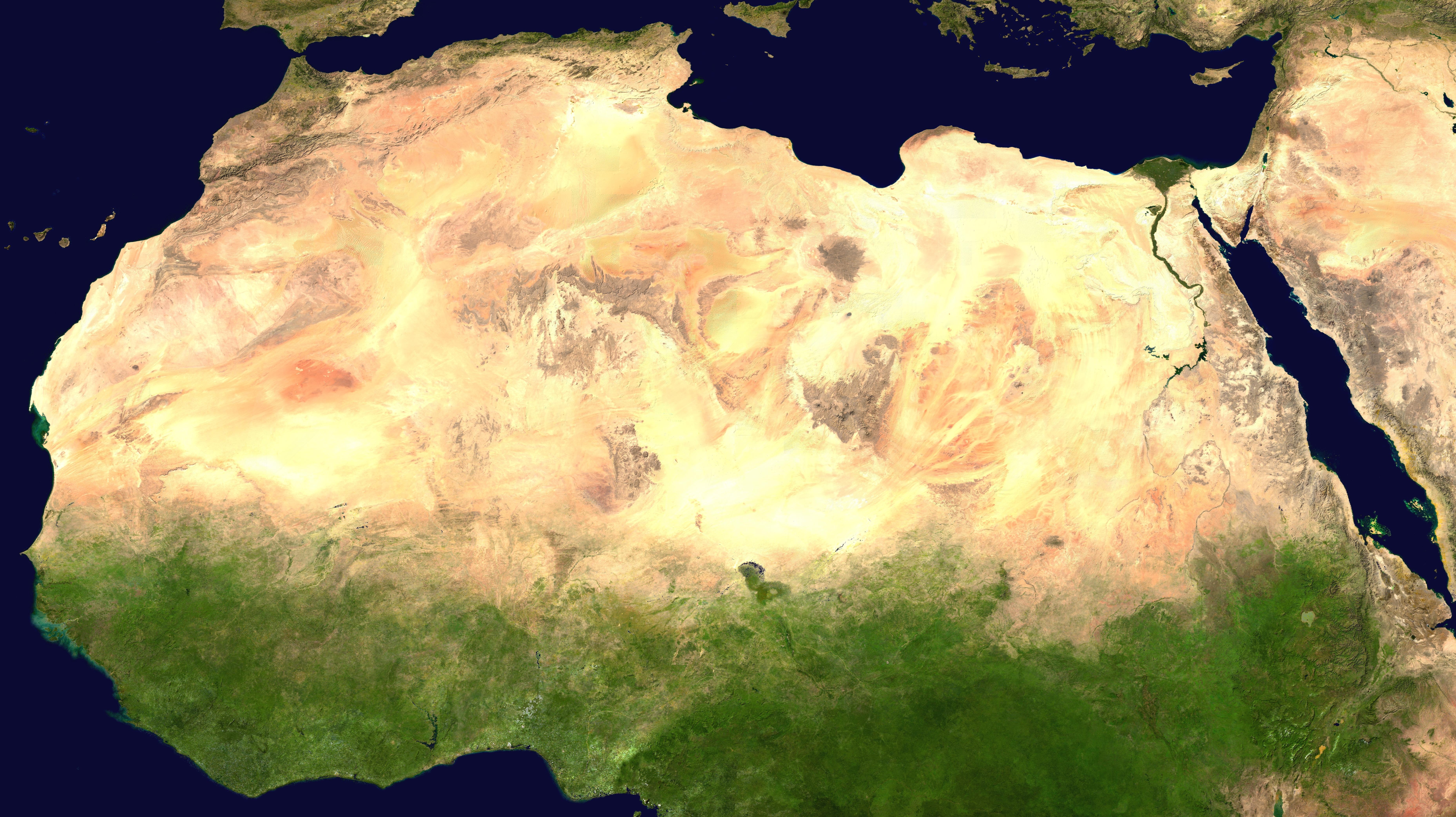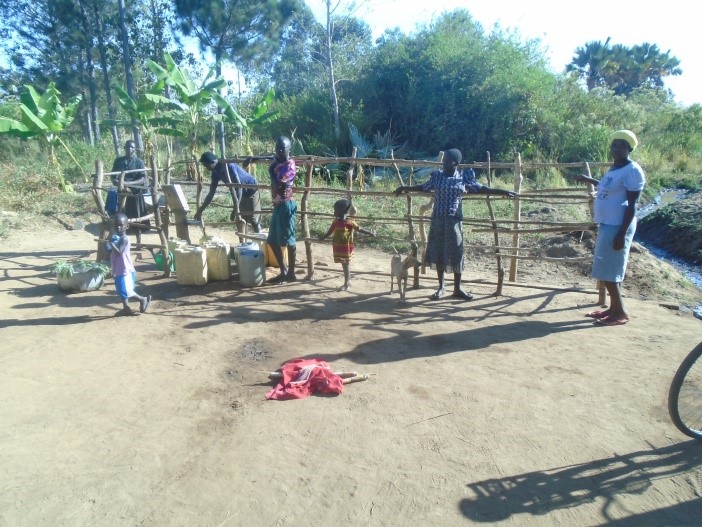Did you know that the Sahara Desert used to be green?
The vast expanse of dusty desert and blistering sand was, 9000 years ago, a lush green savannah. This period was known as the ‘Neolithic Subpluvial’, a time of mega-lakes surrounded by grasslands and wildebeest and early human settlements[1].
Then, about 5000 years ago, the rains stopped. The climate shifted and the sands rolled in. And it didn’t stop there. Ever since that time the people of the Sahel have been fighting an endless fight to save their crops and land and livelihoods against the ever-encroaching sand. In short, the fight against desertification.
UNEP has estimated that 35% of the earth’s land surface is under threat from desertification. That’s an area the size of North and South America combined. And threatening 850 million people. Every year, some 21 million hectares are reduced to a state of near or complete uselessness – exacerbated by human activity and deforestation[2].
We at CO2balance have unfortunately witnessed this firsthand. In previous posts on this blog, Project Coordinator Moses has shared his experiences of deforestation in Africa. In Kenya he says, without forests the country would be little more than a desert.
Nowhere is this more apparent than along the edge of the Sahara. Since 1920 the desert has expanded by about 10% – 800,000 km² of agricultural land swallowed up by the desert, forcing millions to migrate[3]. If nothing is done, this will only get worse.
Thankfully, we ARE doing something – communities and organisations are taking big strides to combat this threat. Dozens of programmes have sprung up; from local-scale “Farmer-Managed Natural Regeneration” (in which rural farmers lead the fight), to national action programmes like Kenyan Minister of Environment Judy Wakhungu’s plan to reforest the country, to (a personal favourite) the plan for the ‘Great Green Wall of Africa’ – the seemingly outlandish plan to grow an 8,000km-long line of trees, 48km deep, across the entire Saharan border, from the Atlantic coast of Senegal to the Red Sea coast of Djibouti as a monumental ‘natural’ defence. Sounds incredible (as in, not-credible), but it was launched by the UNCCD and African Union and planting has already begun – in Senegal, Burkina Faso, Nigeria, Niger and Ethiopia. As of March 2019, 15% of the wall has been completed[4]. (I would go on about this further but frankly it deserves a blog all by itself! For now, go check it out: https://www.greatgreenwall.org/).
We at CO2balance are doing what we can to aid this fight. Our projects, whether safe water or clean cookstoves, all have the upshot that they drastically reduce the amount of firewood that rural people are burning in their everyday lives. This drastically cuts levels of deforestation in the area. Without deforestation, shrubs and trees are not felled, which means that the midday sun will not dry and desiccate the soil, nor will organic matter and organisms be lost, thus retaining agricultural productivity, biodiversity, supporting human health and livestock and eco-tourism[1].

We are proud to say that, since 2013, our projects have helped save over 2.5 million tonnes of wood (about 73km2 of forest) across Uganda, Kenya, Ethiopia, Eritrea, Rwanda, Zimbabwe and Malawi. Not to blow our own trumpet too much though. At the end of the day, whilst these are successes, they constitute a drop in the ocean of sand that is desertification. Real, large scale change requires international cooperation and mass public awareness.
In 17th June 1994, the UN launched the Convention to Combat Desertification (UNCCD), to meet this challenge. Today, 25 years on, we celebrate the Silver Anniversary of the “World Day to Combat Desertification” (#2019WDCD), celebrating all that we’ve achieved, but recognising how much further we have to go.

The theme of this Silver Anniversary celebration: “Let’s Grow the Future Together” (Source: http://www.un.org)
The arid and semi-arid lands of Africa, under greatest threat, are home to about 400 million Africans[5]. Their plight will surely intensify with climate change. But, with international action like the ‘Great Green Wall’, and mass small-scale resistances like CO2balance’s projects, we can hope to turn the tide.
For now then, take a look at a few of the special 25th Anniversary projects taking place today and share these stories to raise awareness of the fight against desertification: https://www.unccd.int/actions17-june-world-day-combat-desertification/2019wdcd-events-around-world










































